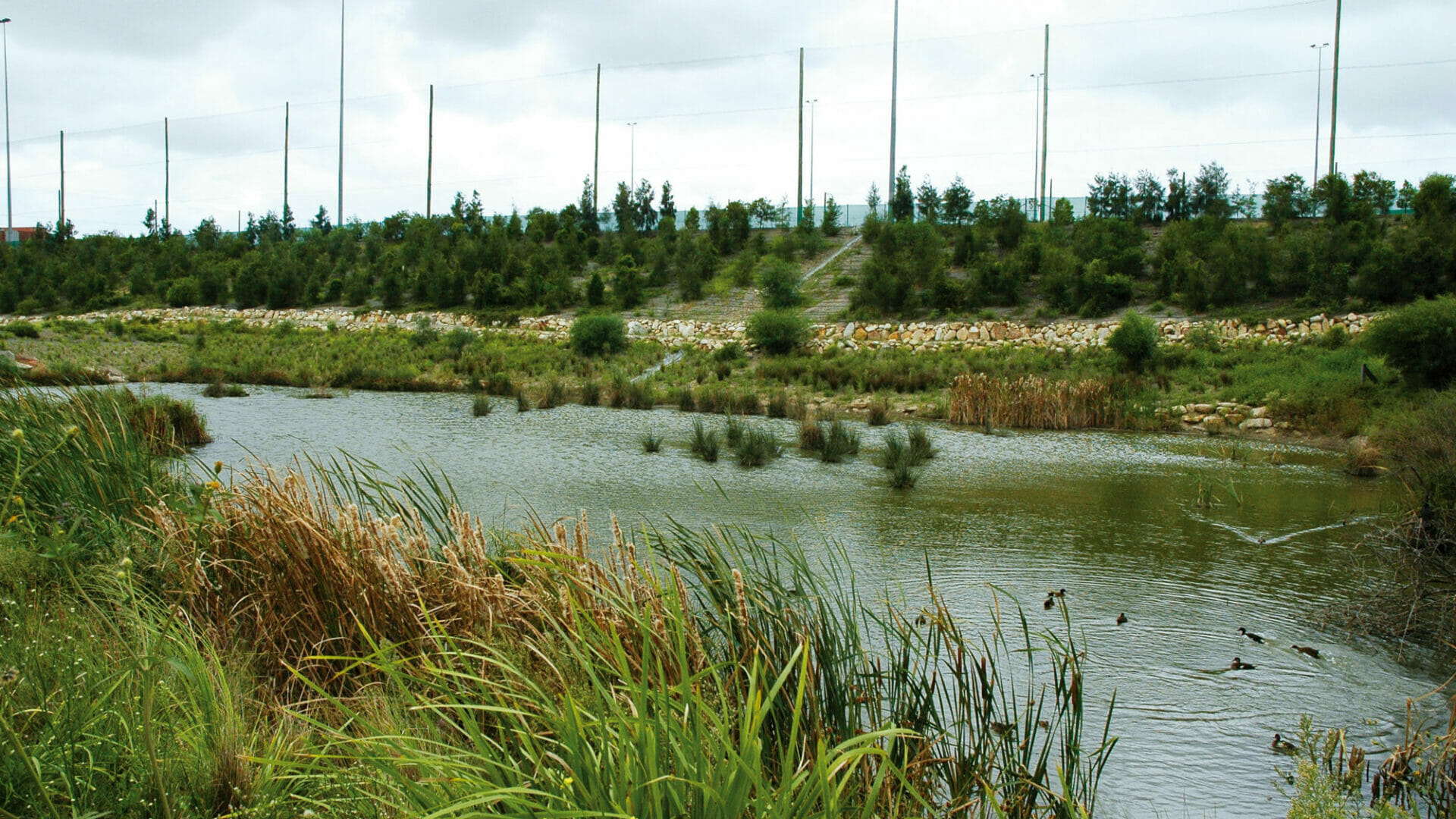
An unfortunate by-product of contaminated site remediation is the production of waste. And when the aim of the game is to implement sustainable remediation measures, generating excess waste is undesirable to say the least. That is, unless you change your perspective.
Much of the waste generated by remediation projects, such as excess soil, rubble or waste water, can in fact, become a resource – provided it’s used correctly.
Repurposing waste – in action
Coffey completed a soil excavation and remediation project on a regionally-based, former petroleum depot. The works also involved the extraction of hydrocarbon impacted groundwater via a multiphase vacuum extraction (MPVE) system.
Although the MPVE system destroyed most of the contamination, the low levels of remaining hydrocarbon prohibited re-use of the water outside of the site. Its regional location meant the cost to dispose of wastewater at another location was prohibitive.
The team recognised that the recovered groundwater was a valuable source of water. At the completion of the earthworks, this water could assist in the re-establishment of grass to stabilise a sloping section of the site.
They designed a simple water treatment system and extended this to an on-site irrigation network – including analysis of treated water to ensure quality.
The surface soil in the irrigated area was sampled at the beginning and end of the irrigation works to confirm that the low level residual contamination in the treated water had no detectable effect on the irrigated area.
The low flow, gravity fed, irrigation scheme sped up site revegetation which reduced the risk of land erosion.
The re-use of treated water for irrigation saved the project from the expense of connecting the water treatment system to the sewer network, located at some distance, and uphill, from the site.
In total, this represented a saving of more than $50,000 in pipe installation, sewer connection and water discharge fees.
This system also reduced the effort required for grass maintenance using conventional water sources, which would have cost several thousand dollars in management and delivery.
Sustainable remediation – it’s a real option
At Coffey, we’ve been implementing a range of green and sustainable remediation technologies on contaminated sites across Australia, proving that the principles of sustainable development can be easily woven into contaminated land management projects – optimising environmental benefits and saving money and time.
Sustainable remediation provides a framework for reviewing the effectiveness of remediation strategies and investigating opportunities for improving social, environmental and financial benefits.
Having the skills to identify, design and implement sustainable solutions for soil and groundwater treatment has helped Coffey deliver numerous sites in a cost effective way for its clients in the oil and gas industry.
How can we help?
Coffey’s experience in providing sustainable remediation strategies for contaminated sites means we’re able to provide smart solutions that save money and time – while delivering more environmentally sound solutions.
Sustainable remediation techniques drive better outcomes and can be applied to any stage of site development.
To understand how sustainable practices can apply to your project, contact Tetra Tech Coffey’s Senior Principal Geoenvironmental Engineer, Dr Sarah Richards.